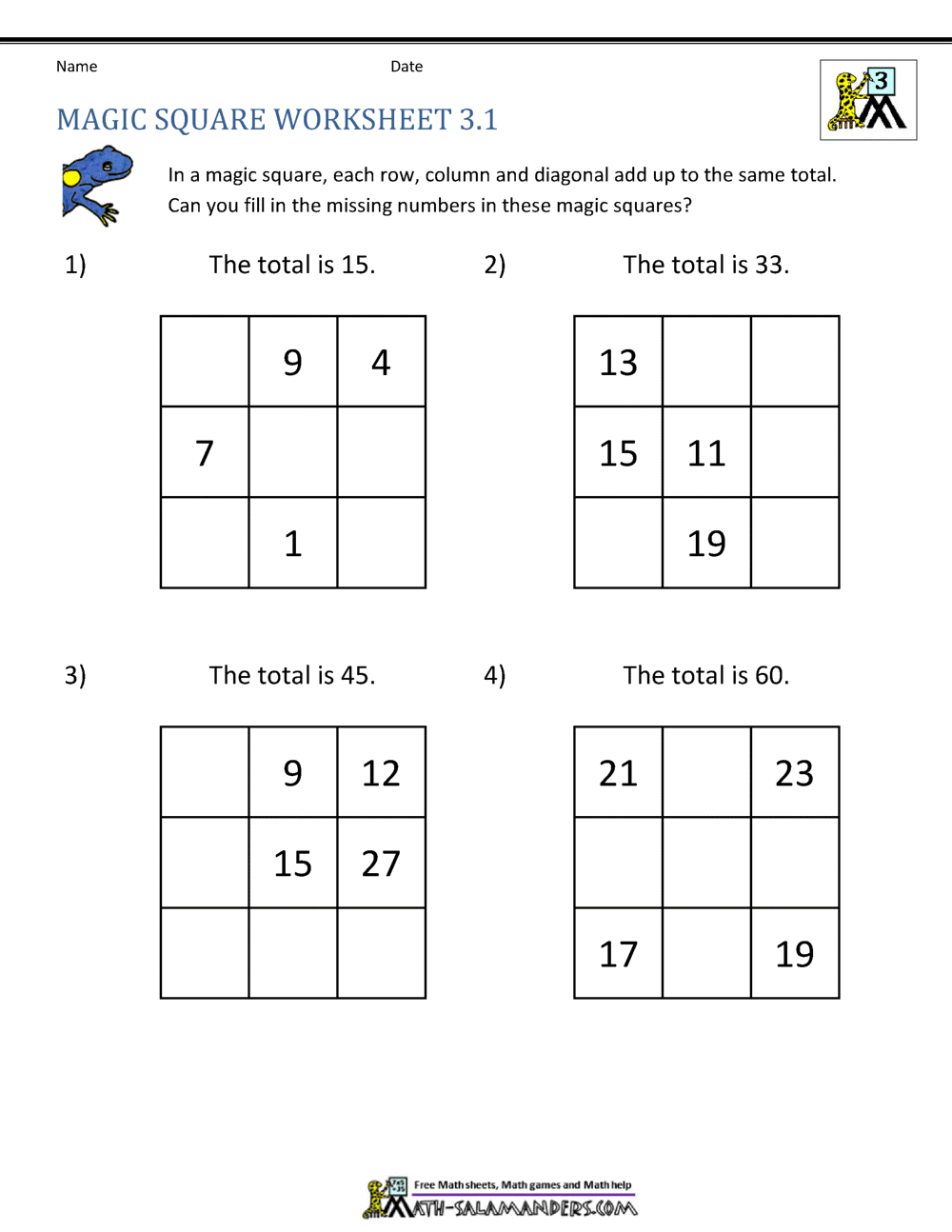


Thanks to his father’s job, Fibonacci had the opportunity to meet the great mathematicians that were outside the Eastern bubble (Egypt, Syria, Algeria, Greece, etc.) during long journeys through different countries in the Arabic world and the Mediterranean. The Crusades against Islam that were ongoing at the time placed anything labeled as “Arabic” under suspicion.Arabic numbers were even banned in the city of Florence in 1299 on the grounds that “they were easier to falsify than Roman numerals”. It wasn’t easy to adopt this system despite its numerous advantages. The Pisan’s idea of using Arabic numbers included the possibility of working with whole numbers or fractions, dividing a number into prime factors, square roots, etc. The Hindu Arabic system traveled from India to Persia and then on to the Middle East and Northern Africa, from where it jumped to Europe thanks to, among other mathematicians, Fibonacci. It was there that his son Leonardo discovered the magic of Arabic numbers. Apparently, Fibonacci’s father (Guglielmo) was a good person, as well as being a trader, travelling through North Africa. Leonardo Bigollo (Leonardo Pisano or de Pisa) was a mathematician who lived in Italy between the 12th and 13th century (1170-1240) and who turned to turn his back on the Roman numerals system that prevailed at that time. He has been known throughout history by his nickname: Fibonacci, a derivative of adding the words fillius + bonnacci which, in Latin and Italian mean something along the lines of “son of the well intended”.


 0 kommentar(er)
0 kommentar(er)
